Basil Sweet Genovese
This is the classic Italian basil that most people think about when talking about the aromatic herb. It’s typically used in most pesto recipes and tomato-based dishes. It has dark green leaves and a spicy aroma, and the taste is pungent but leans toward a sweet, clove-like back end.
The large leaves of the Genovese basil plant are known for their intense flavour. They have a wonderful aroma that will waft into the air at the slightest brush of a hand. Genovese basil prefers containers, bunched together with other herbs in well-tended garden beds, and mixed in with flowers in raised beds.
The shiny, dark, leaves curl under as the plant thrives, which is a good sign for gardeners. They prefer full sun, but they don’t like to get too hot. If you live in a desert climate, the plant may not thrive if it’s unprotected and exposed in areas with full sun on a summer day.
How to Plant Genovese Basil
Genovese basil seeds can be sown into containers inside all year-round if you put them in a sunny spot. They require a minimum of 6 hours of full sun, not partial, to become big, bushy plants with a full canopy of leaves.
Outside, the warm season annual prefers to be placed in a prepared garden bed after the last spring frost. It grows best in a fertile garden bed with well-drained soil that can retain a good level of moisture.
The Genovese or sweet basil likes a bit of room to grow. Plant them 15 to 18 inches apart. The plant will grow up to 16 to 18 inches high and a good foot to 16 inches across.
Choosing the Best Basil to Grow
Basil lovers may know the subtle differences between each type, but when planting basil, you may be confused as to which seeds will work best in your area and for your needs. When it comes to sweet basil vs. basil of any type, there are a few things to consider before sowing and growing.
Look for a basil seed that serves your needs. The best basil for pesto includes sweet varieties, which can vary widely. While there is only one Genovese sweet basil, there are other types of sweet basil, such as Nufar (Ocimum basilicum ‘Nufar’), that also work well.
Companion Planting
- Basil does well with asparagus and helps tomatoes overcome pest insects and disease while improving the growth and flavour of both. It is best to grow the shorter basil plants alongside or parallel to the tomato plants instead of among them in their shade.
- Peppers – both sweet and hot – like basil alongside them, as do beans, beets, cabbage, and eggplant. Herbs that like basil nearby are oregano and chamomile.
- Basil repels mosquitoes and most flies, so keep a couple of planted pots near doorways and entrances.
- Common rue and sage are antagonistic to basil, so don’t plant them near each other.

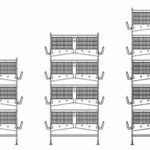



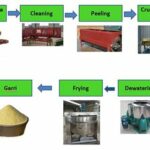

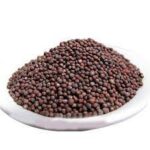





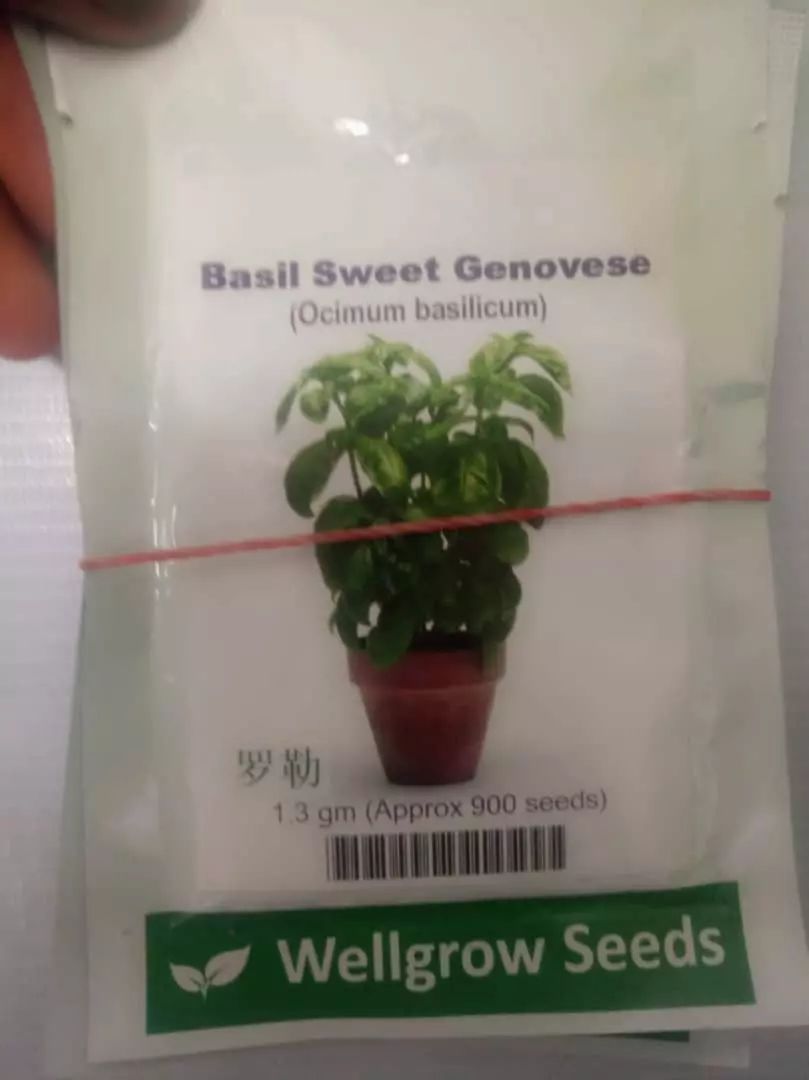
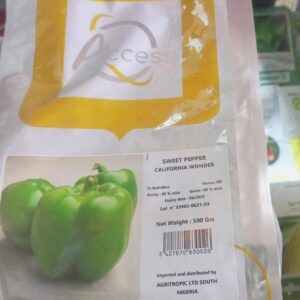

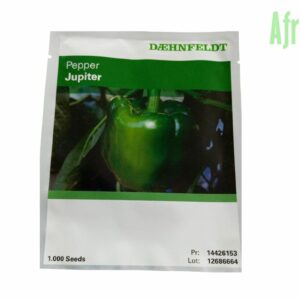
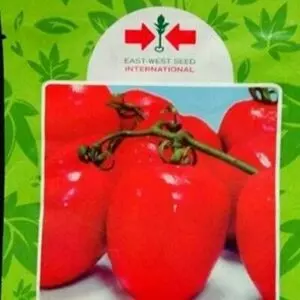
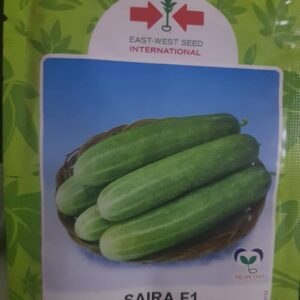
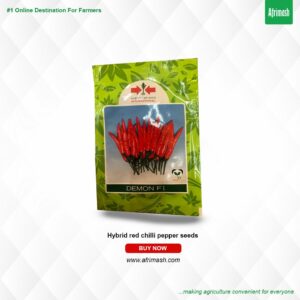

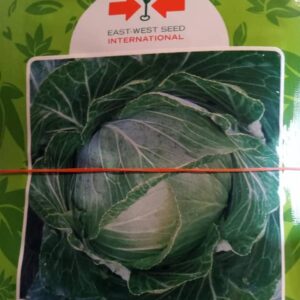
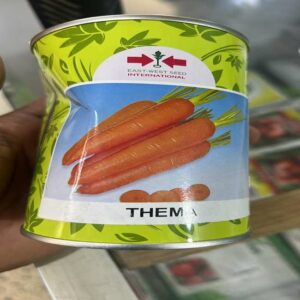
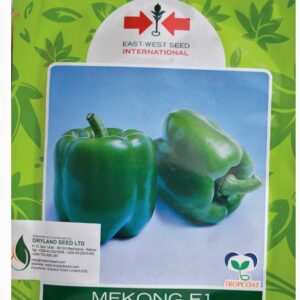
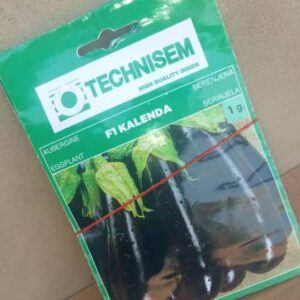
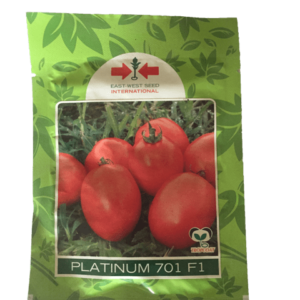
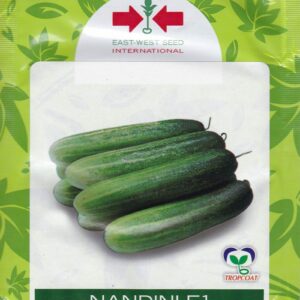
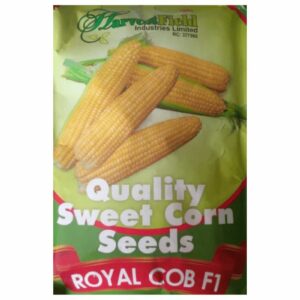
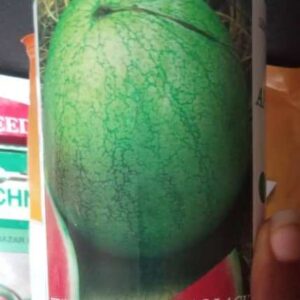
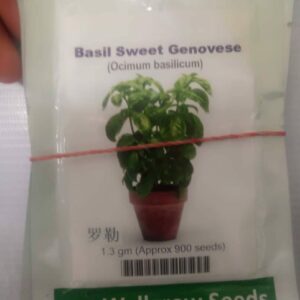
Reviews
Clear filtersThere are no reviews yet.